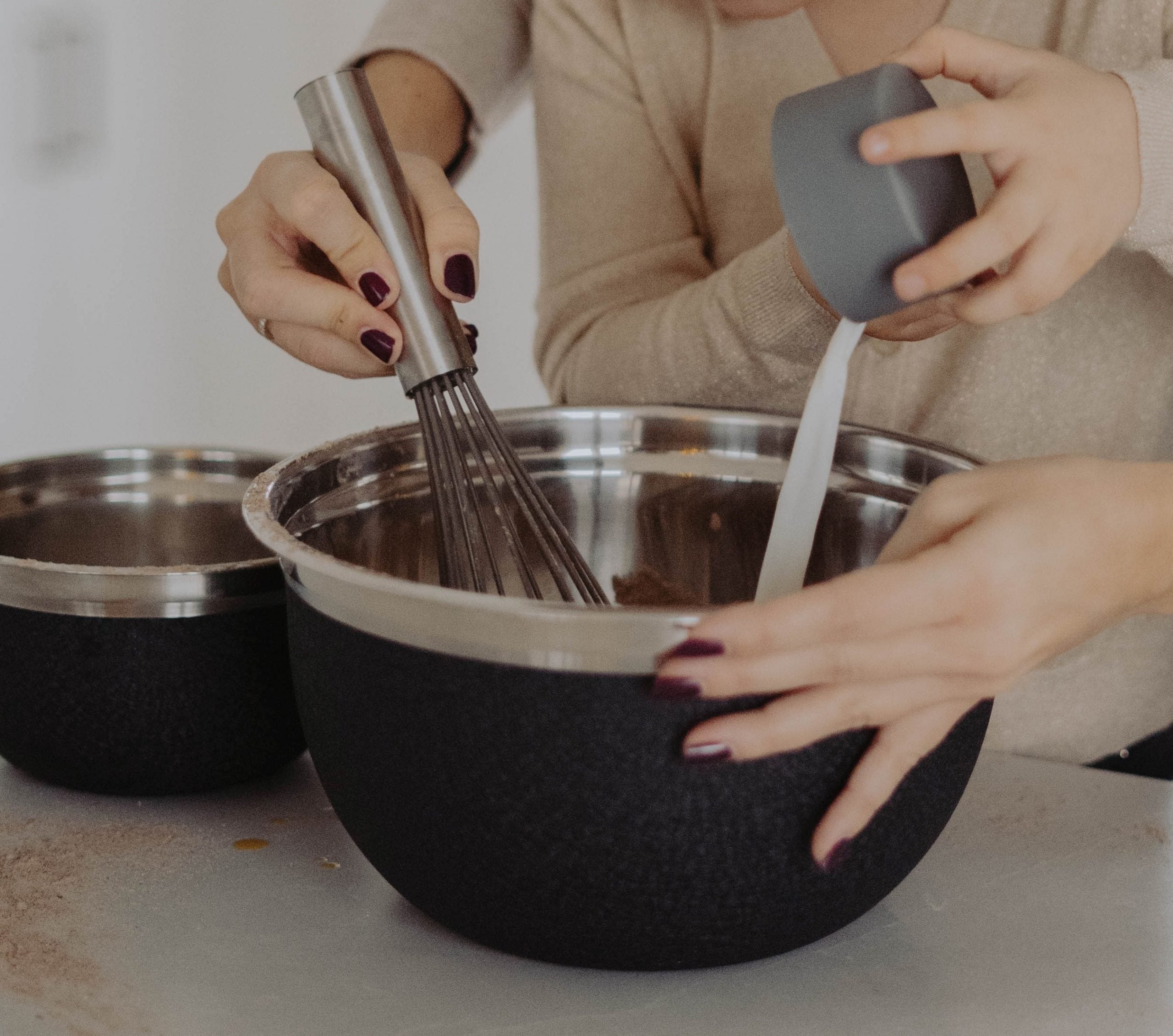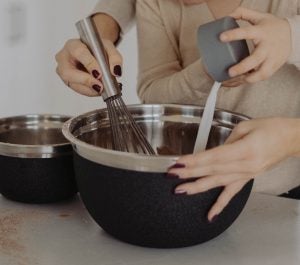“What you do every day matters more than what you do once in a while. ~Gretchen Rubin
Check out this video by Iryna Sharbanov, a teacher of students with deafblindness, on the importance of daily routines: https://youtu.be/skU_arb8NeU
Before discussing details about setting up routines, it’s important to identify why they are so important. We depend on many routines that help us to be successful in our daily lives. For learners with deafblindness, they provide concrete, embedded learning experiences that lead to independence, generalization of skills, and concept development.
These repeated, predictable experiences can reduce stress through knowing what is happening next, which in turn, eases transitions. Routines can increase concept development because the learner is able to perform practical skills that lead to learning concepts within daily activities. Many receptive and expressive communication opportunities can be included in routines. Learners are able to increase their active communication through requesting, identifying, commenting, etc. about the specific activity. Since the routine gets the learner involved in their environment, they are able to increase active participation through orientation and mobility activities. They can be generalized over time to increase skill development across domains. Routines are a building block to learning.
Clear and Consistent Routines
Learners with deafblindness benefit from consistent people, places, and activities. Routines can involve choice-making during daily events that provide opportunities for daily progress monitoring through completion of the same activity steps. They must be clearly presented to and understood by the learner. It’s important that they include the same objects and materials as well as maintain a clear beginning, middle, and end. This will help with learning anticipation of upcoming events and activities. It’s important for the activity to take place in a consistent location with the same designated partner. This will lead to feeling comfortable with becoming independent and adding new steps in the future.
Setting Up Routines
- Embed IEP goals and sensory accommodations into the steps. Collaboration with other team members is vitally important. Each member of the team has valuable information to consider when setting up the skill areas within the routine. It also helps to ensure that important details are not missed.
- Select motivating activities and materials for the individual student. When getting motivated to complete activities in our daily lives, our interest and enjoyment of an activity is an important aspect. If the learner is motivated, the success rate of becoming independent is increased.
- Select activities to expand communication and socialization to encourage the student to actively participate in expressive and receptive communication during the activity.
- Begin with simple routines to encourage success and independence then build on to the steps.
- Create flexible routines that can be expanded to increase the generalization of the activity but remember that they must always be completed in a consistent manner to encourage independence.
- Use familiar objects. By using touch to explore and learn the environment, familiar objects provide students with better recognition and increase their motivation to participate. Planning with a collaborative team can be very helpful when deciding on the most appropriate objects for the individual student.
- Be consistent with using a clear beginning and end. This provides opportunities for the learner to recognize when the activity is starting and finished. This helps to reduce confusion for the student and supports transitions from one activity to another. It also supports teaching the concept of time, such as ‘begin’, ‘next’, and ‘finished’.
The Importance of Sequencing Specific Steps Within a Routine
Sequencing steps teach learners to become more independent through anticipation of the next steps in the activity. If the sequence is not followed as expected, alternate behaviors can occur as a form of communication. IEP goals should always be considered when developing routines. Target IEP goal areas include academics, orientation and mobility, transition/employment, social skills, life skills, and communication. Routines provide a method to assess what the student is learning when keeping track of student growth. Data results can clearly show growth and independence when maintaining the same sequence of steps. It can also clarify where adjustments need to occur in the routine to provide for the learner to be successful.
Wrapping It Up
When developing a routine, it’s important to remember the following:
- Collaborate with team members to develop individualized steps, modifications, and embedded skills.
- Embedded IEP goals and sensory accommodations
- Determine materials needed to complete the steps.
- Select motivating activities and materials for the individual student.
- Select activities to expand communication and socialization.
- Begin with simple routines to encourage success and independence then build on to the steps.
- Create flexible routines
- Use familiar objects.
- Be consistent with using a clear beginning and end.
- Determine the location and designated partner.
- Make adjustments as needed to ensure the learner’s success.
Have you created any successful routines for your students? We would love to hear your feedback and results. Please share in the comments section below.
Julie Brickhouse, M.Ed., NBCT, East Carolina University DeafBlind Project Teacher Support Program, Technical Assistance Consultant
Photo by Mathilde Langevin on Unsplash


